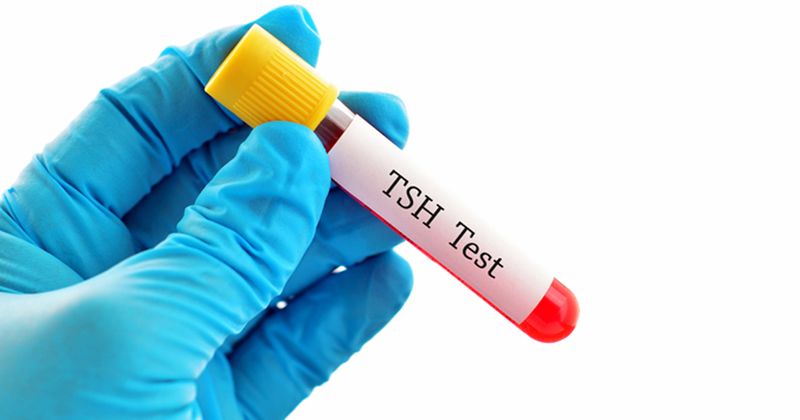Repeat TSH testing ‘likely not necessary’ after detection of benign thyroid nodules
Thyroid dysfunction is rare among patients with benign, nonfunctioning thyroid nodules followed for at least 3 years, suggesting repeated measurements of thyroid-stimulating hormone are unnecessary, data show.
“Our study focused on the development of thyroid dysfunction in patients with thyroid nodules who are initially euthyroid,” Kashif M. Munir, MD, vice chief and associate professor of medicine in the division of endocrinology, diabetes and nutrition at the University of Maryland School of Medicine, told Healio. “Surprisingly, a lot of data do not exist for these patients, and thus we do not have a good guide for how often thyroid function tests need to be done among euthyroid patients with thyroid nodules. For patients with adrenal nodules, there are standardized guidelines to evaluate for glandular dysfunction and frequency of monitoring.”

In a retrospective study, Munir and colleagues analyzed medical records of 157 patients seen at the University of Maryland Center for Diabetes and Endocrinology with thyroid nodule diagnoses and a TSH measurement within 1 year of the initial diagnostic ultrasound between January 2011 and August 2014 (mean age, 61 years; 87.3% women; 61.9% Black; 19.6% with family history of thyroid dysfunction). Patients with abnormal TSH at diagnosis, known thyroid dysfunction and thyroid cancer were excluded.

At a median follow-up of 45 months, 13 patients, or 8.3%, developed thyroid dysfunction, including eight patients who developed subclinical hyperthyroidism, four who developed subclinical hypothyroidism and one patient with overt hypothyroidism. The 3-year and 5-year cumulative incidence of thyroid dysfunction was 5.4% (95% CI, 2.7-10.6) and 8.3% (95% CI, 4.2-16), respectively.
Among adults who developed thyroid dysfunction, mean initial TSH in the group that developed subclinical hyperthyroidism was statistically different from the group that did not develop thyroid dysfunction (0.65 mIU/mL vs. 1.37 mIU/mL; P = .007). More patients with TSH less than 1 mIU/L developed thyroid dysfunction compared with individuals with a TSH of 1 mIU/L or greater (P = .022). A higher frequency of TSH measurement during each year of follow-up was associated with higher risk for thyroid dysfunction (HR = 1.44; 95% CI, 1.1-1.9).
“Specifically, one additional TSH measurement per year was associated with a 44% higher risk of detecting thyroid dysfunction,” the researchers wrote.
There were no between-group differences in analyses stratified by sex, race, smoking status, thyroid antibody positivity and number of nodules at diagnosis.
The researchers wrote that the current practice and clinical utility of frequent TSH monitoring among all patients with thyroid nodules should be reexamined, particularly if initial TSH level is greater than 1 mIU/L.
“We have shown that most patients do not develop thyroid dysfunction over time,” Munir said. “We did not see development of thyroid nodule autonomy, and thus repeated thyroid hormone testing is likely not necessary in the absence of symptoms suggesting thyroid dysfunction. Larger studies confirming our findings would be helpful in providing guidance for long-term thyroid function monitoring.”
For more information:
Kashif M. Munir, MD, can be reached at the Division of Endocrinology, Diabetes and Nutrition, University of Maryland School of Medicine, 827 Linden Ave., Baltimore, MD 21201; email: kmunir@som.umaryland.edu.

